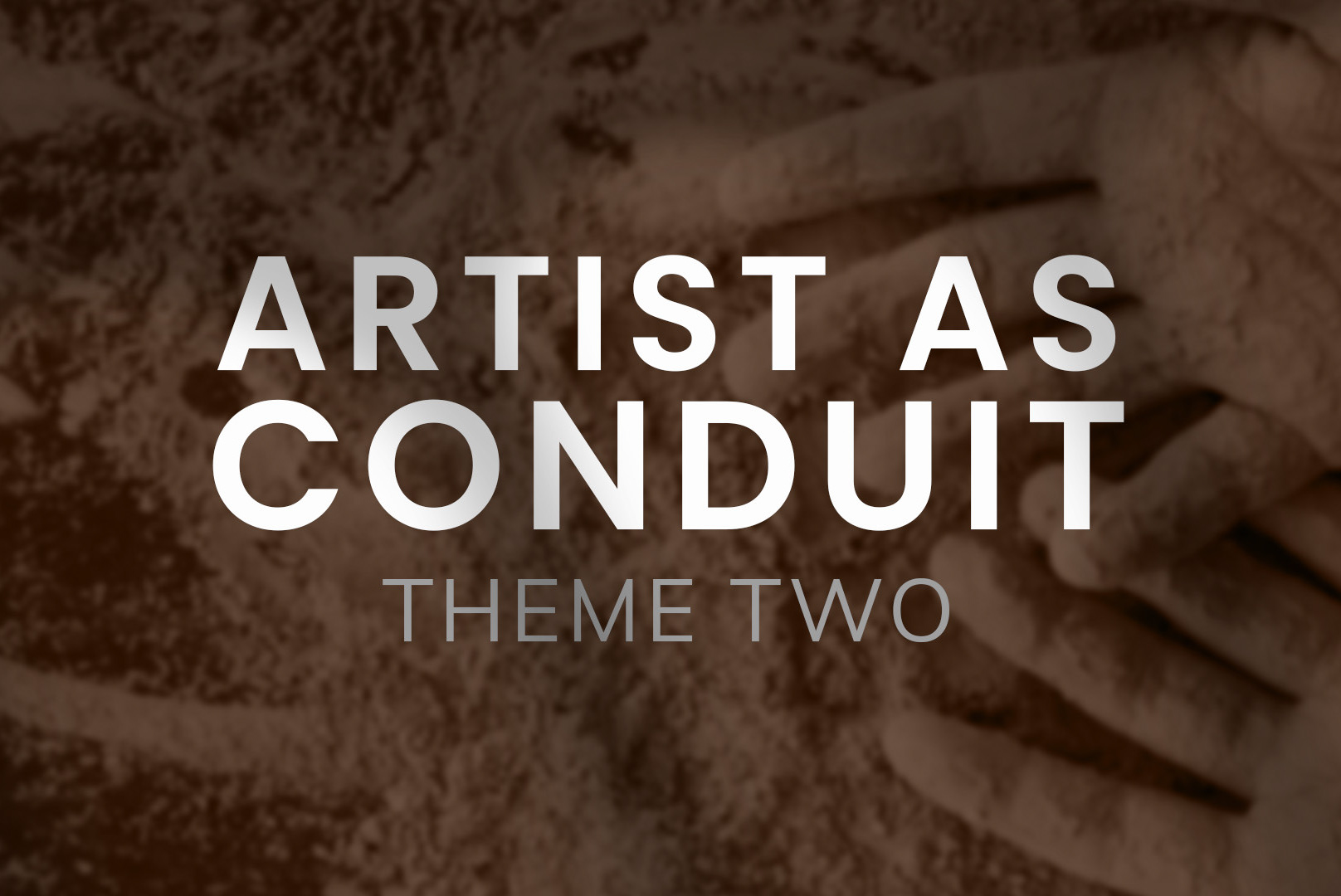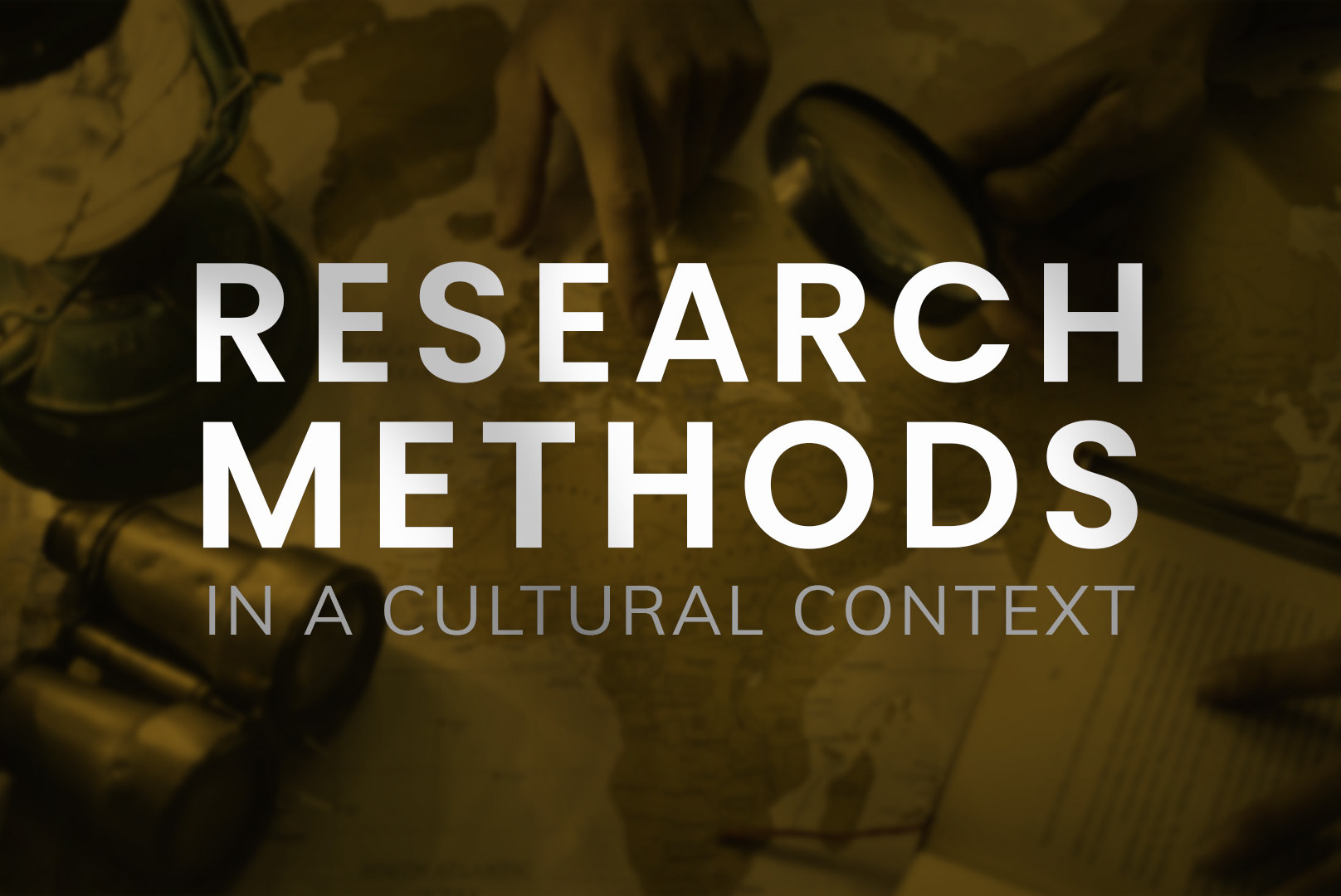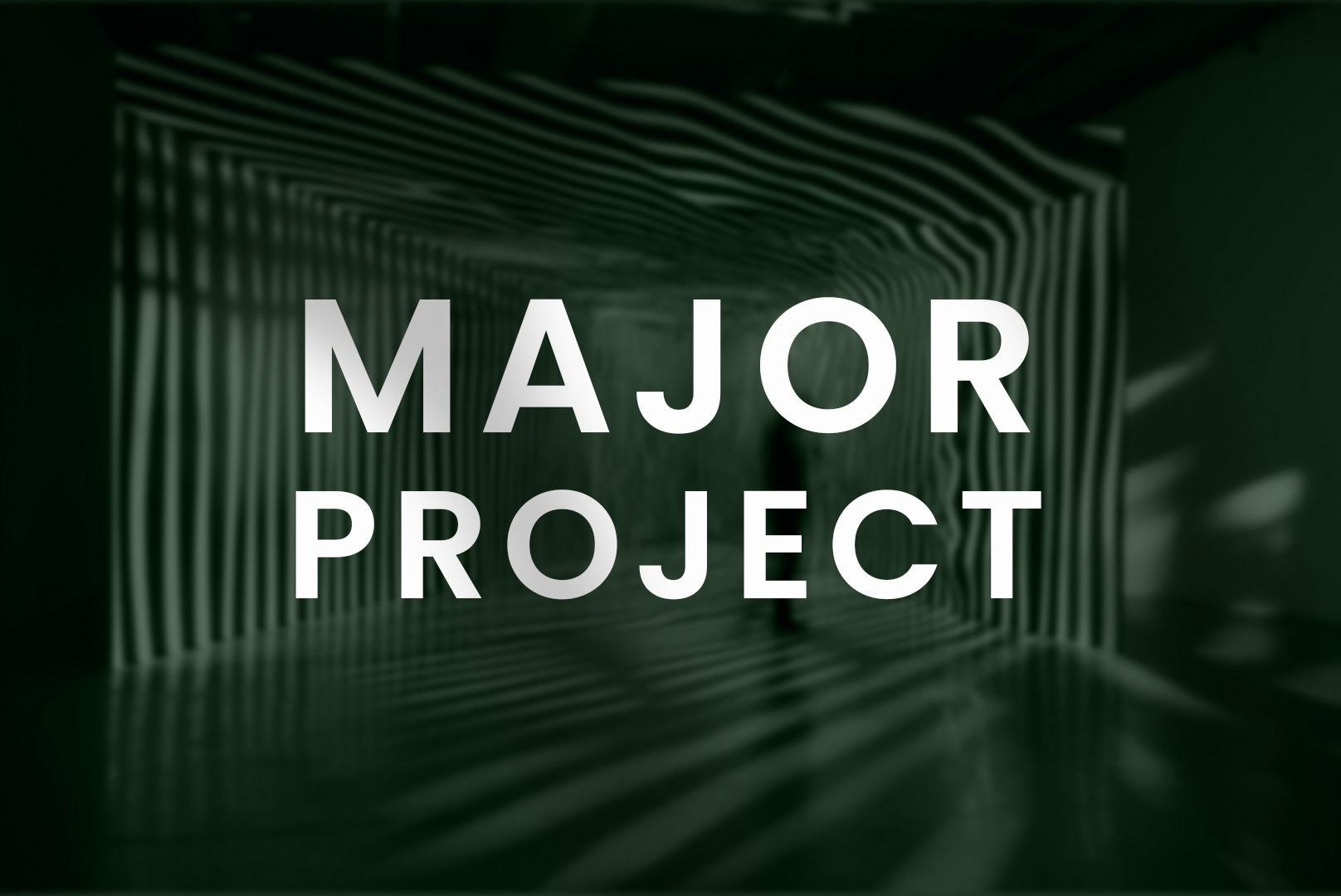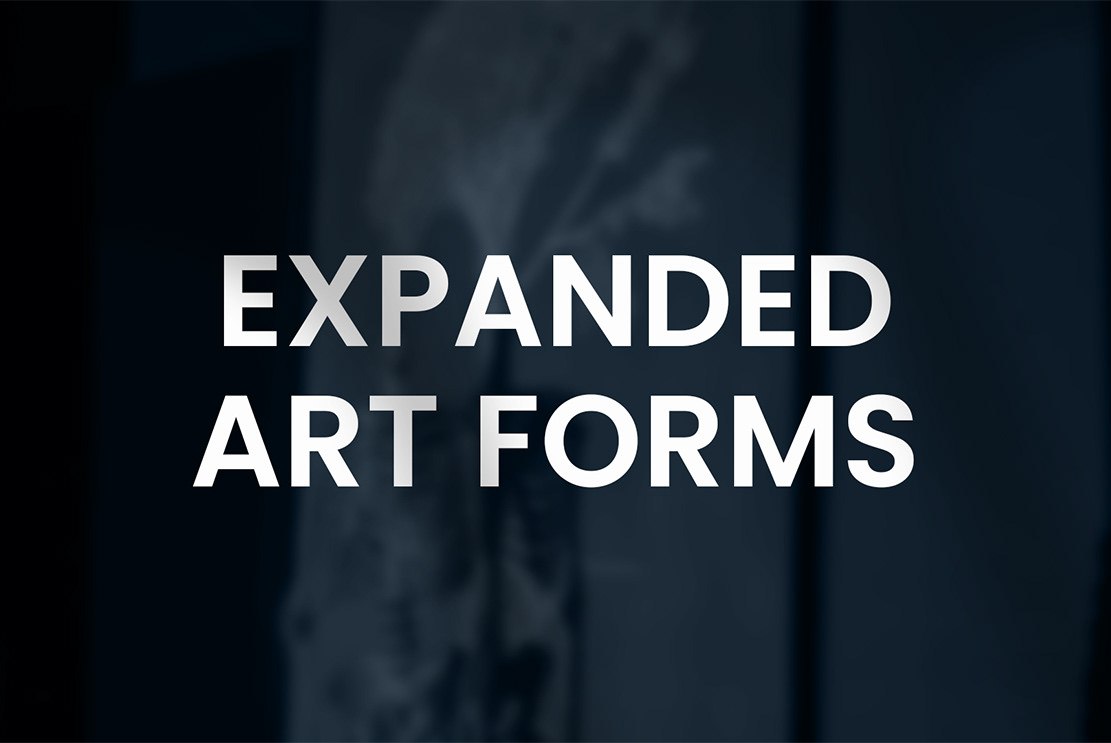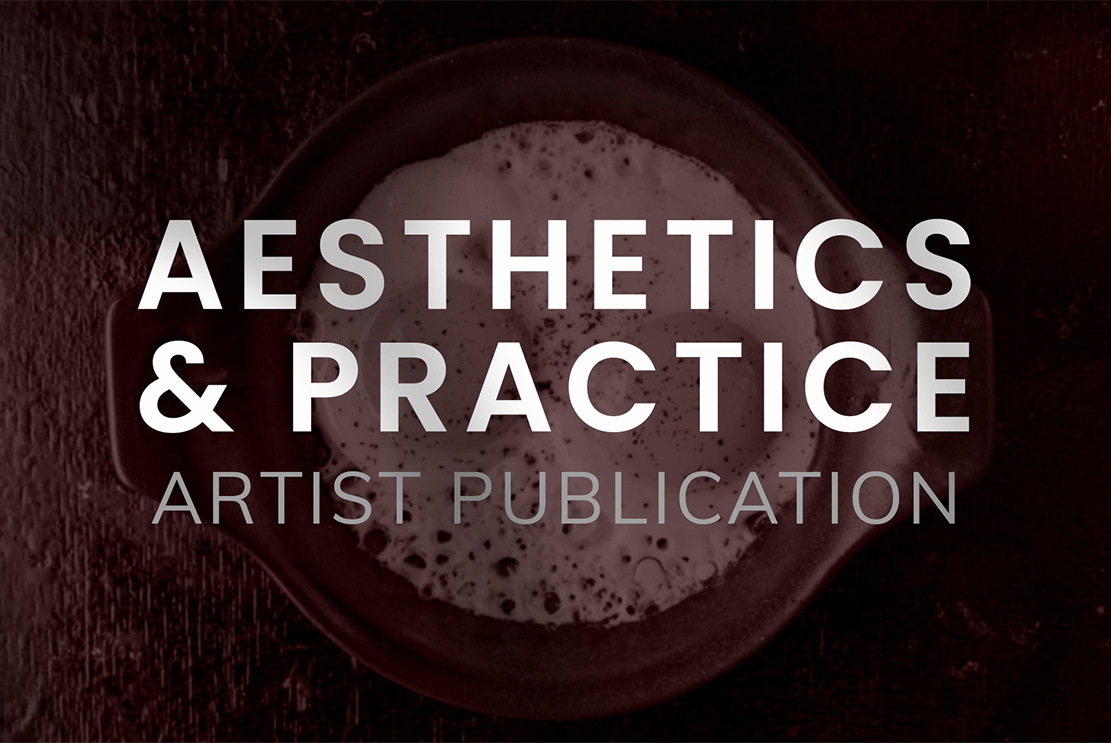The Artist as a Cyborg concept refers to the fusion of human creativity with technology, where artists extend their artistic expression through digital tools, artificial intelligence, biofeedback systems, and cybernetic enhancements. This idea challenges traditional notions of authorship and creativity by incorporating machines, algorithms, and interactive systems as co-creators. It suggests that the artist is no longer a solitary creator but a hybrid entity, integrating human intuition with computational processes to expand the possibilities of artistic production.
The Circle Experiment:
In our first Artist as a Cyborg workshop, we started with a simple exercise, we were handed sheets of paper and asked to draw circles by hand. As expected, our circles were wobbly, imperfect, and far from symmetrical. Then came the next step: using any technological aid we wanted to draw the circles again. The difference was striking as our new circles were nearly perfect, precise, and machine-like. But as we compared both versions, we began to see the value in our first sketches. Despite their flaws, those hand-drawn circles carried a sense of authenticity, individuality, and artistic expression that the perfect ones lacked. It was a moment of realization, technology enhances our abilities, but sometimes, imperfection is what makes art truly human.
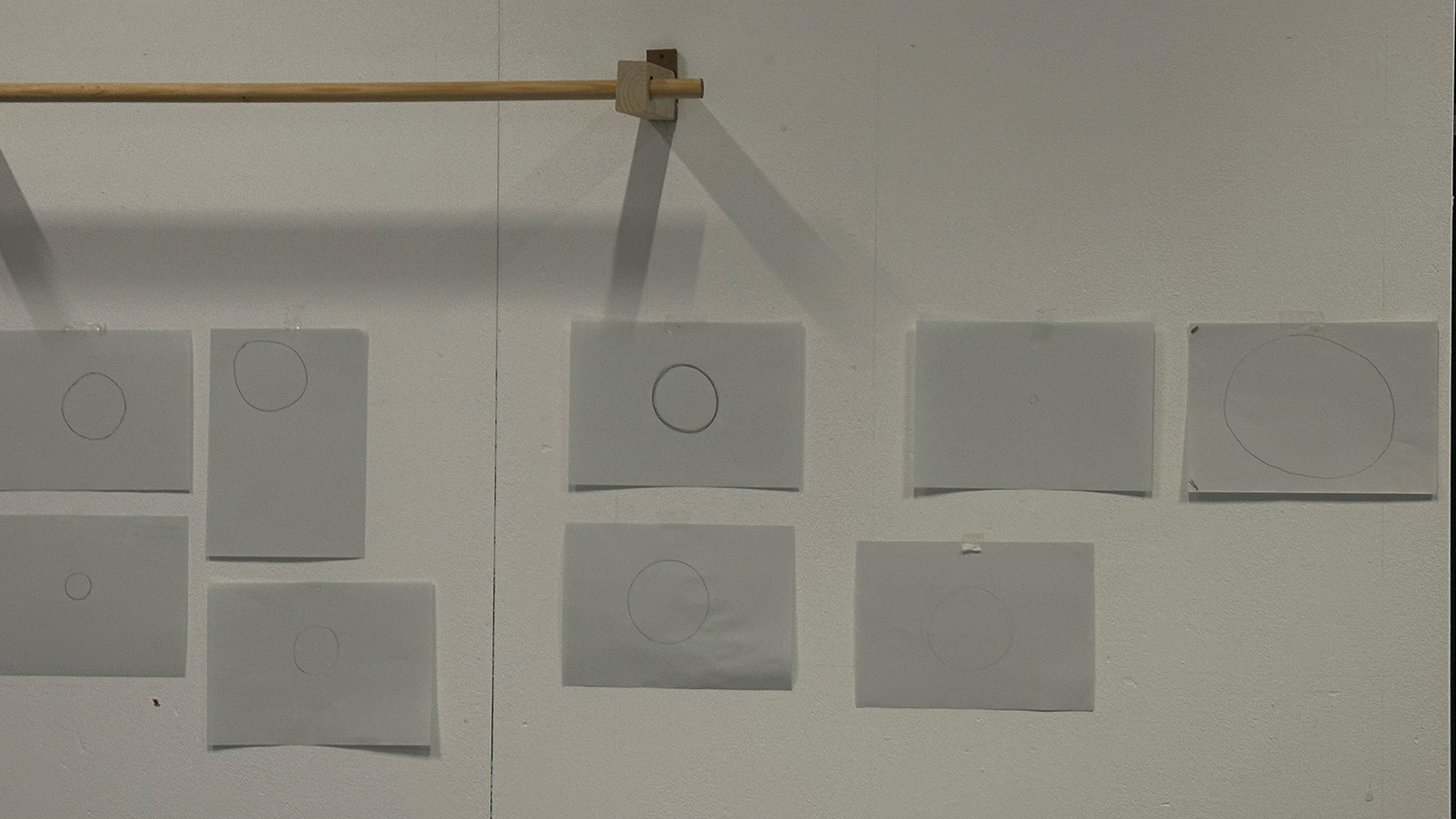
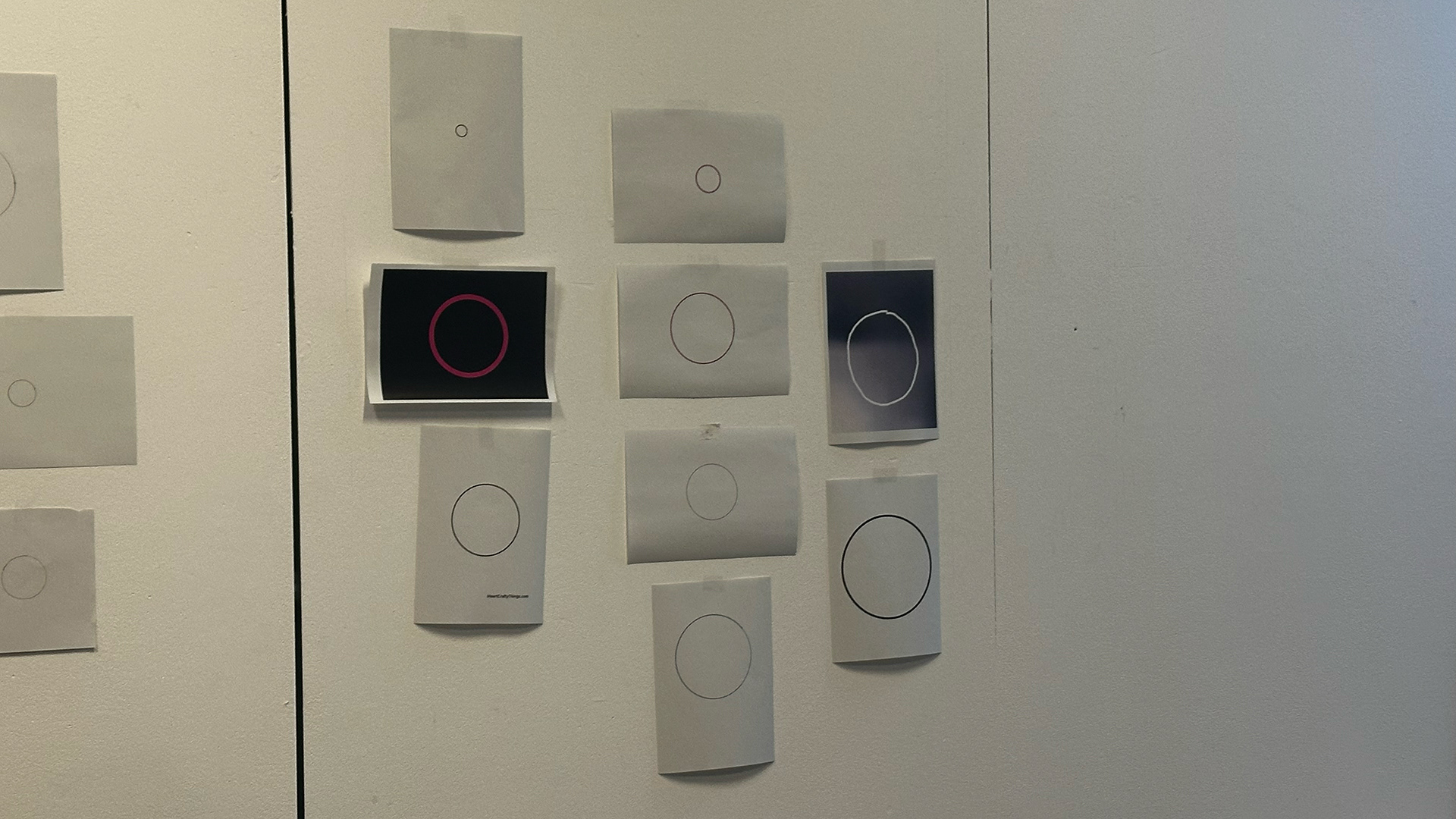
Cyborg Identity in AI Art
In our second workshop, we were tasked with creating ten AI-generated images based on the theme of Artist as a Cyborg, but the challenge was to incorporate our personal identity into the pieces, making sure it wasn’t just the machine’s work. For my contribution, I decided to blend elements of my own design style. I used my favorite color palette of cyan and orange, which frequently appear in my other designs, and added grids and straight lines, reflecting my preference for structured layouts and geometric forms. These familiar design elements helped personalize the AI-generated art, making it a blend of human identity and machine creativity. It was fascinating to see how the AI could interpret my style while also creating something entirely new.
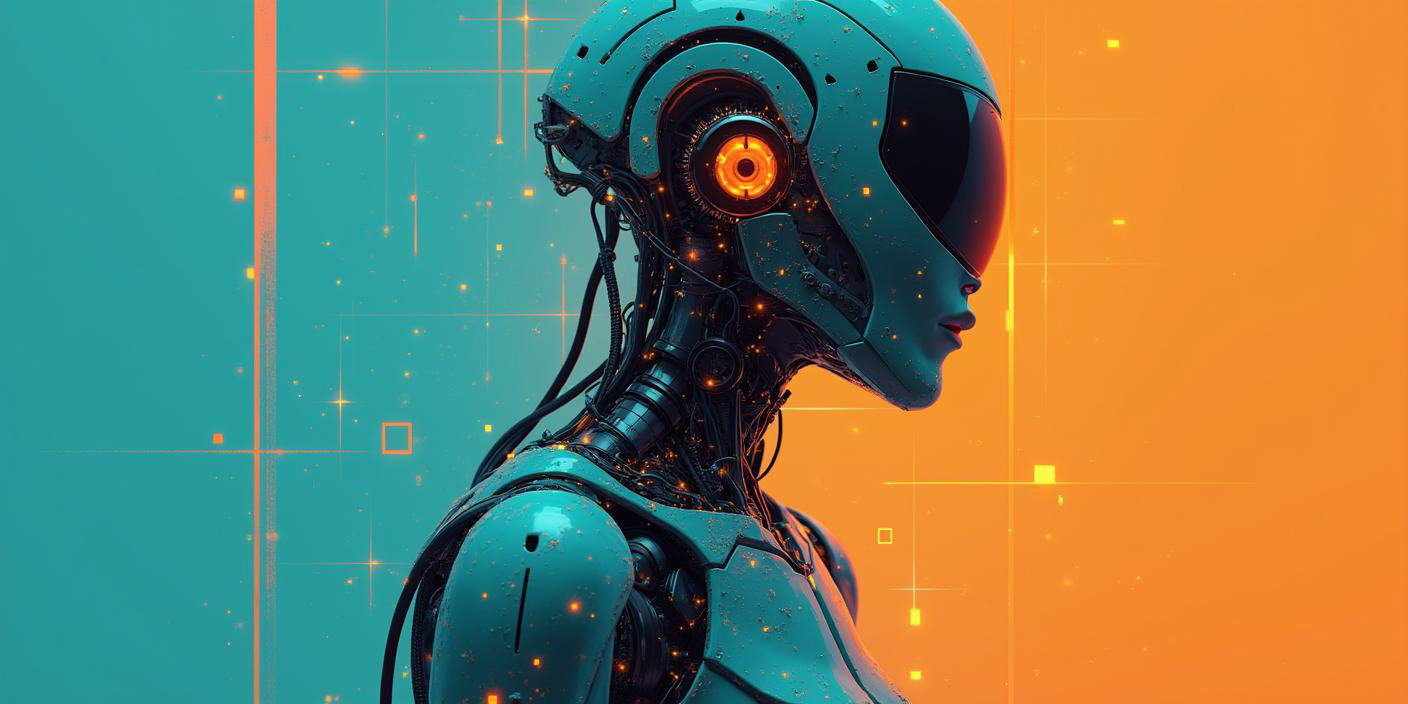
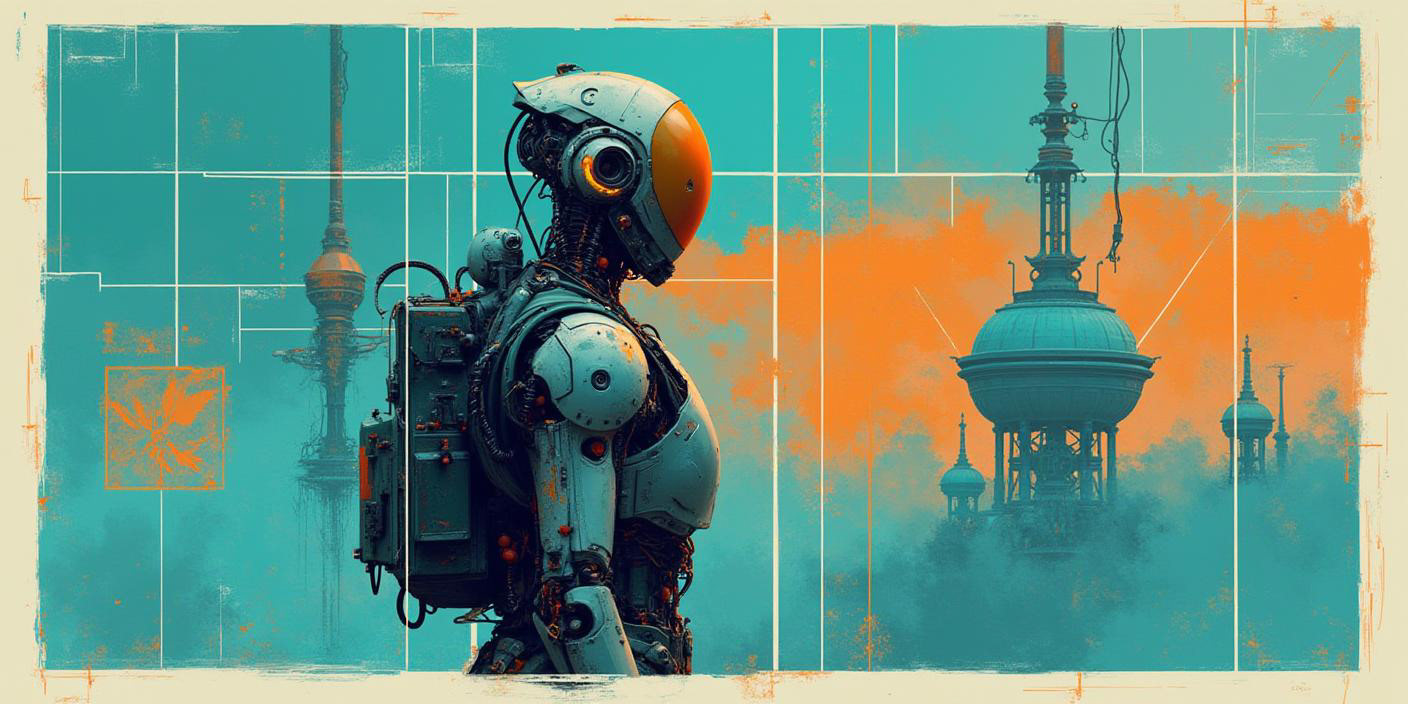
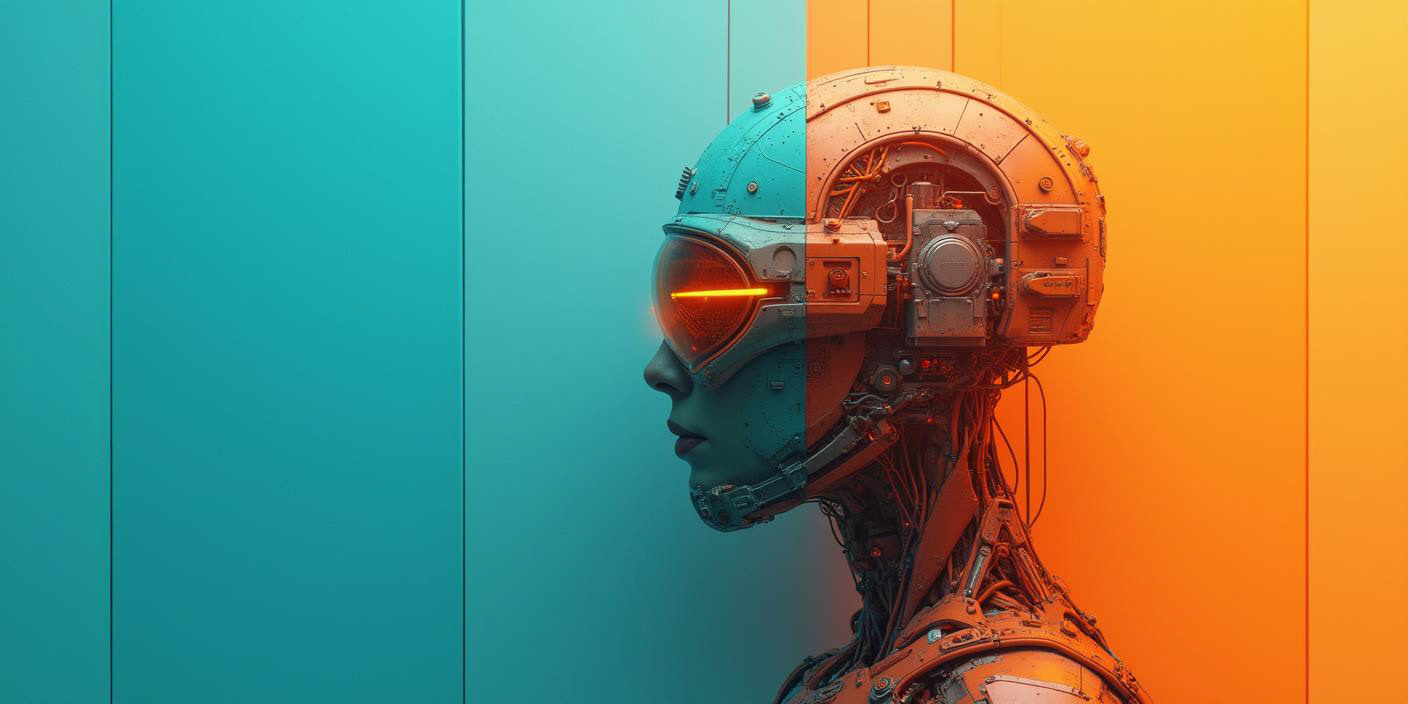
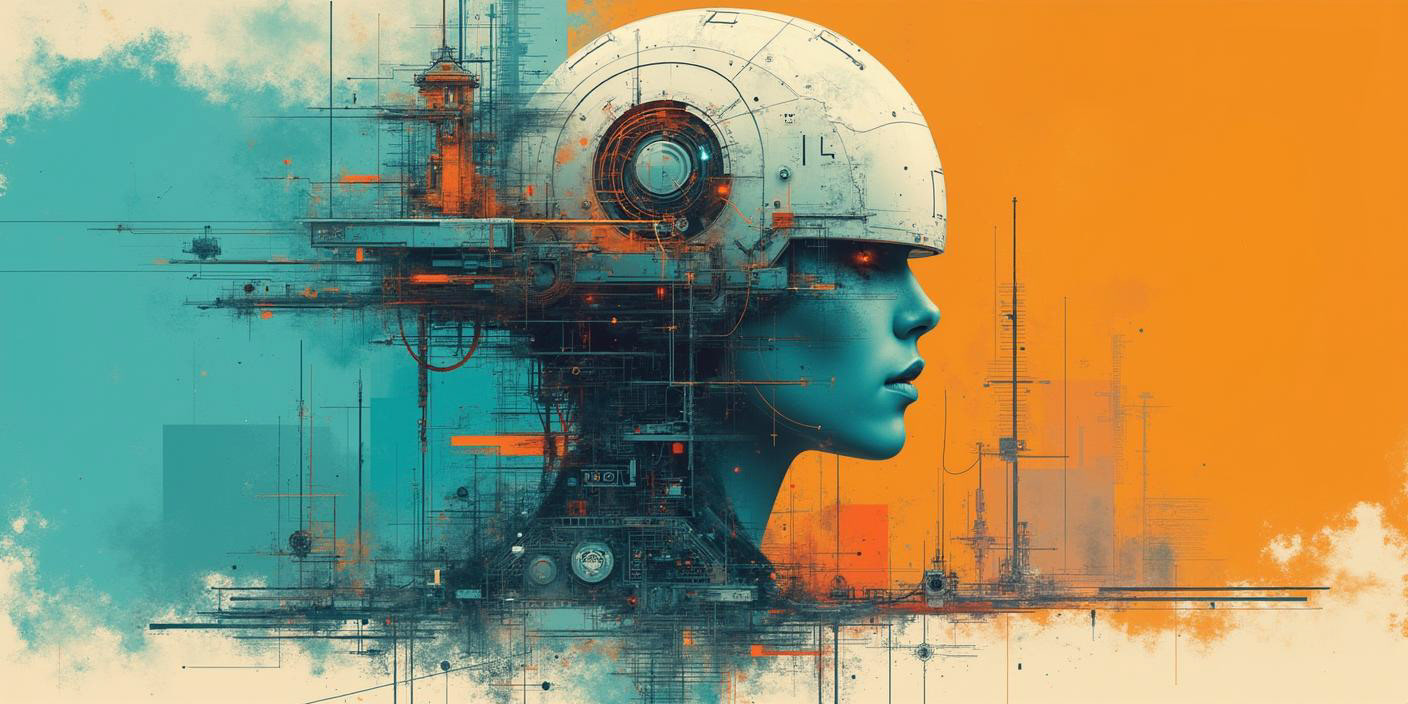
- RESEARCH -
Ian Cheng
Ian Cheng’s work blends AI with human creativity, redefining authorship. Projects like Emissaries and BOB show AI as a co-creator, exploring technology’s role in art and life. His approach inspired me to see technology as a creative partner, pushing my work in new directions.
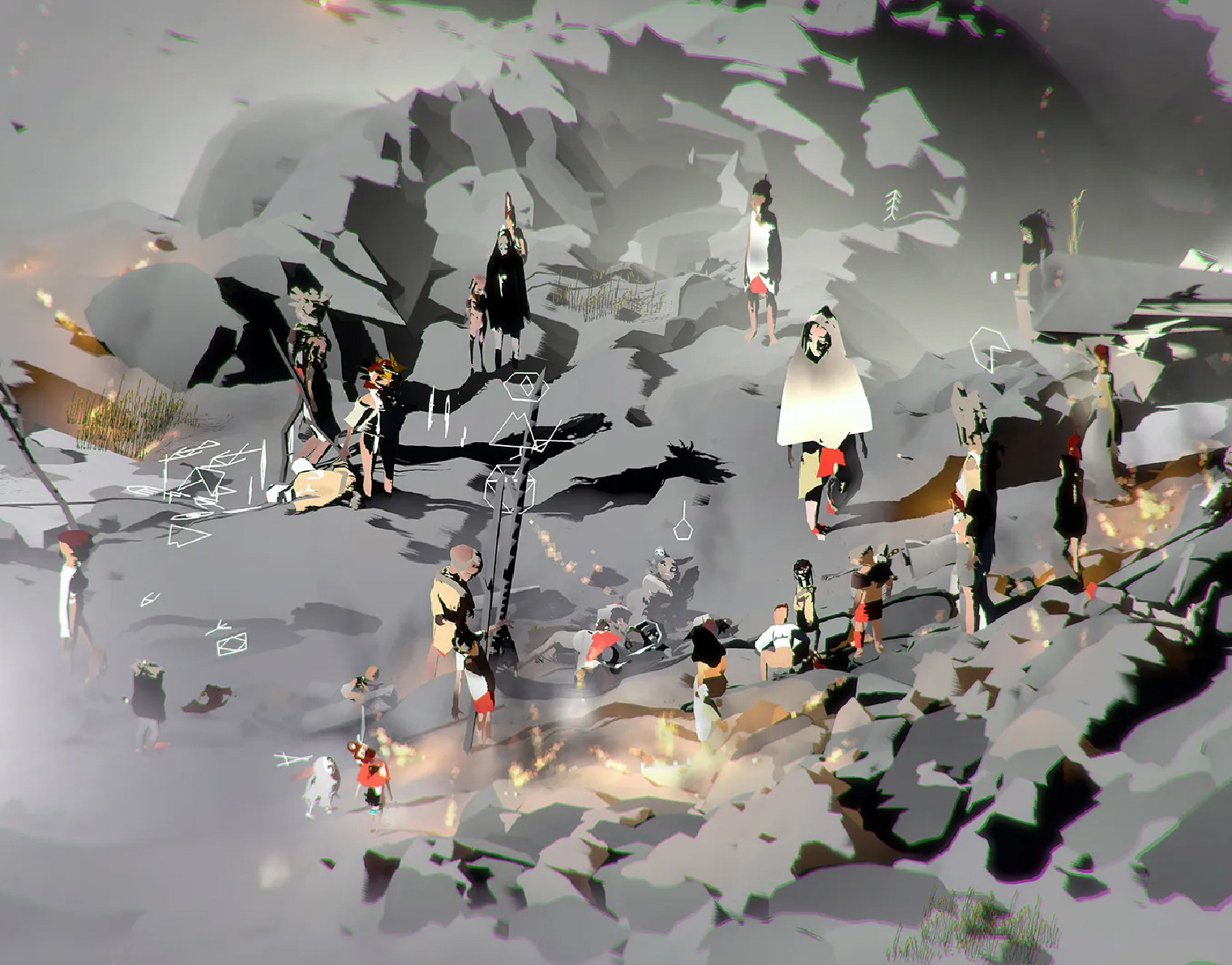
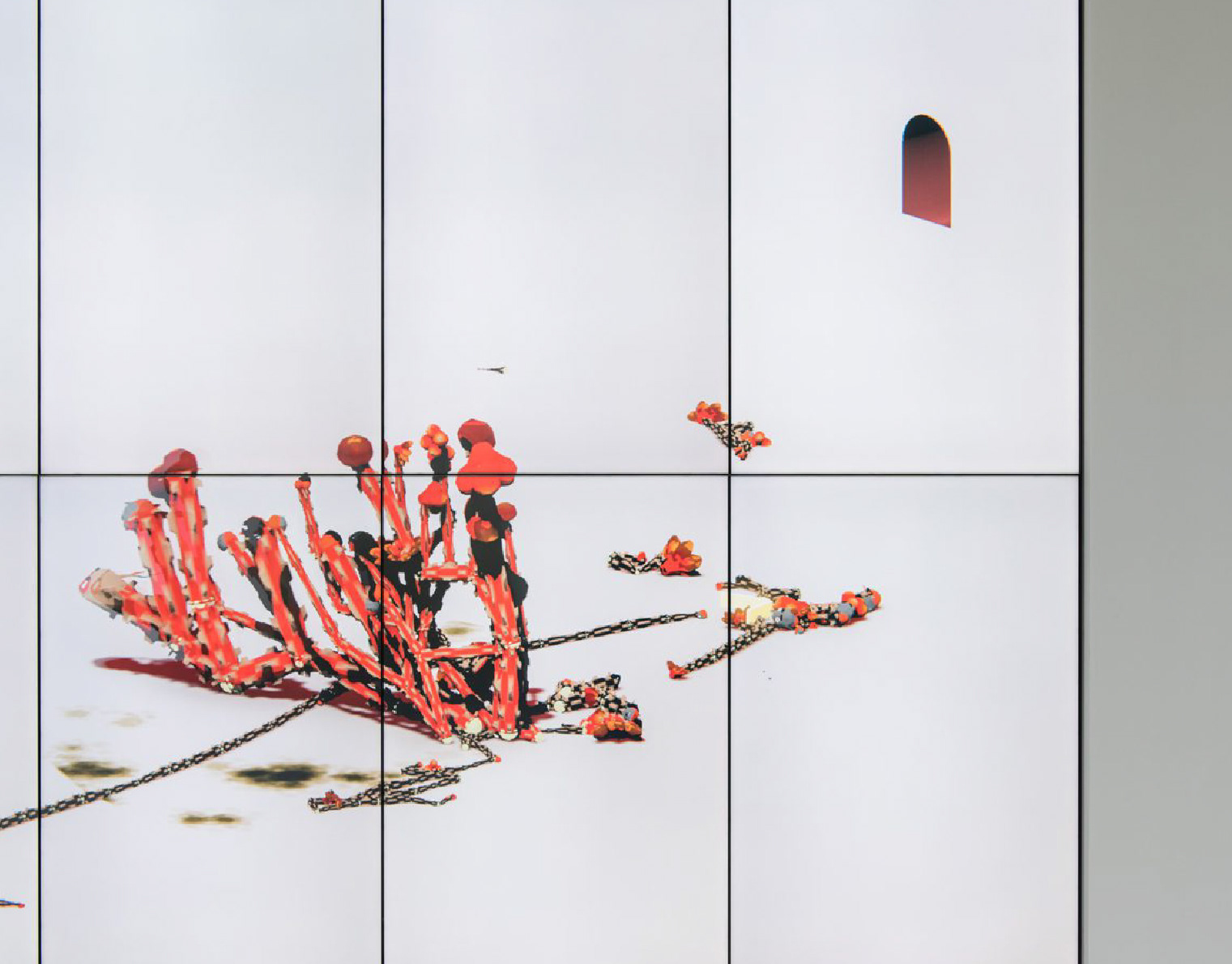
Post Digital
The Post-Digital concept reflects a world where digital technology is no longer seen as novel but deeply embedded in everyday life, influencing how we create, share, and experience art. It moves beyond the excitement of early digital experimentation, focusing instead on the critical, cultural, and material implications of living in a digitally saturated world. Post-digital artists often engage with both analog and digital techniques, questioning the impact of automation, algorithms, and the overwhelming presence of screens. Rather than rejecting technology, post-digital art explores its limitations, imperfections, and unexpected intersections with the physical world.
The Internet After Us
For our short Crit project, I created The Internet After Us, which explores a world where digital technologies continue to exist long after humans have moved on. The project envisions a future where the internet, websites, and online spaces persist without human presence or interaction, creating a sense of eerie abandonment. Through this concept, I aimed to reflect on how technology might evolve and outlast its creators, questioning the role of the internet in a PostDigital world and what happens when human influence fades away. It’s a reflection on the permanence of digital spaces and the eventual disconnect between humans and the systems we’ve created.
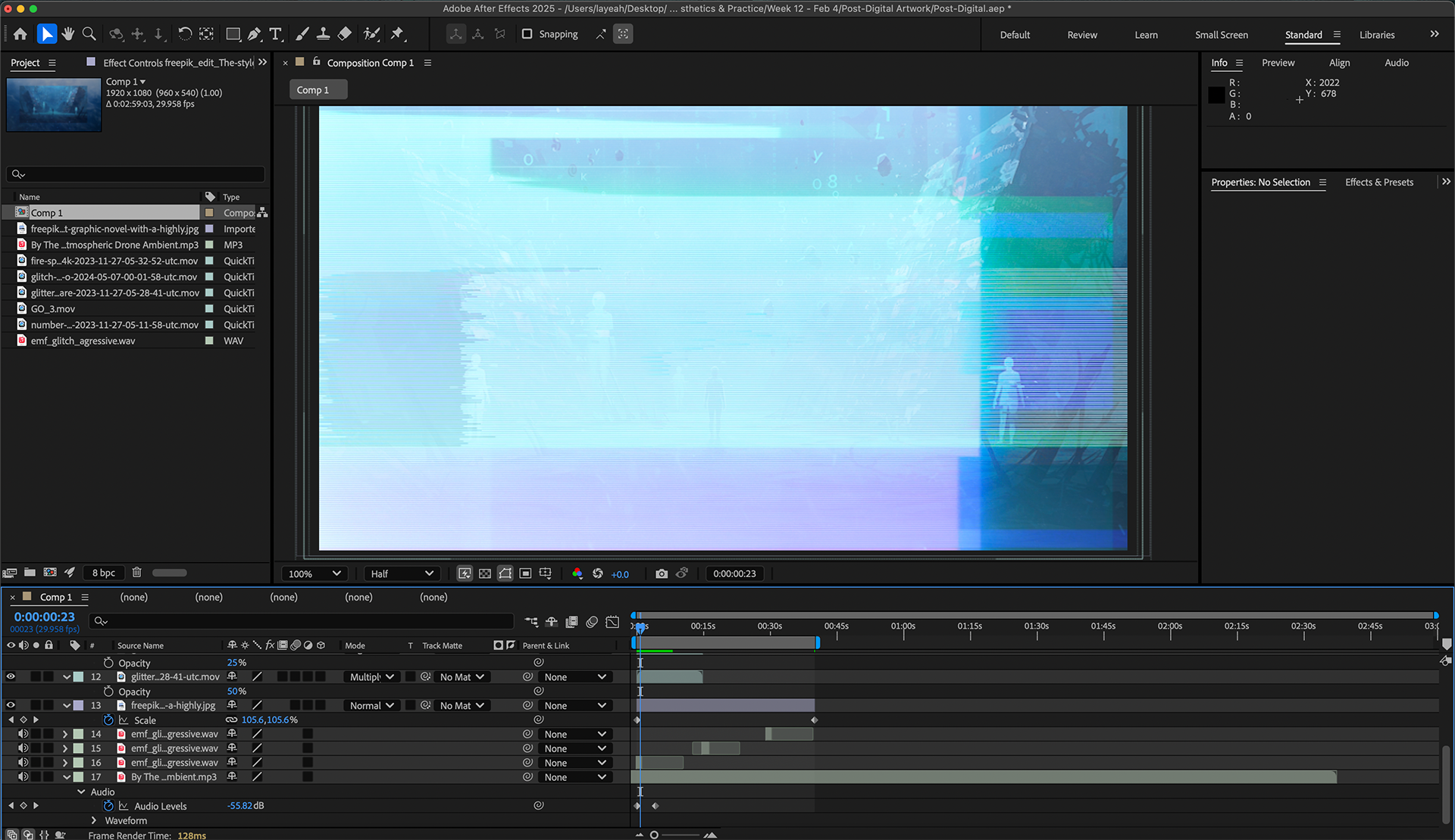
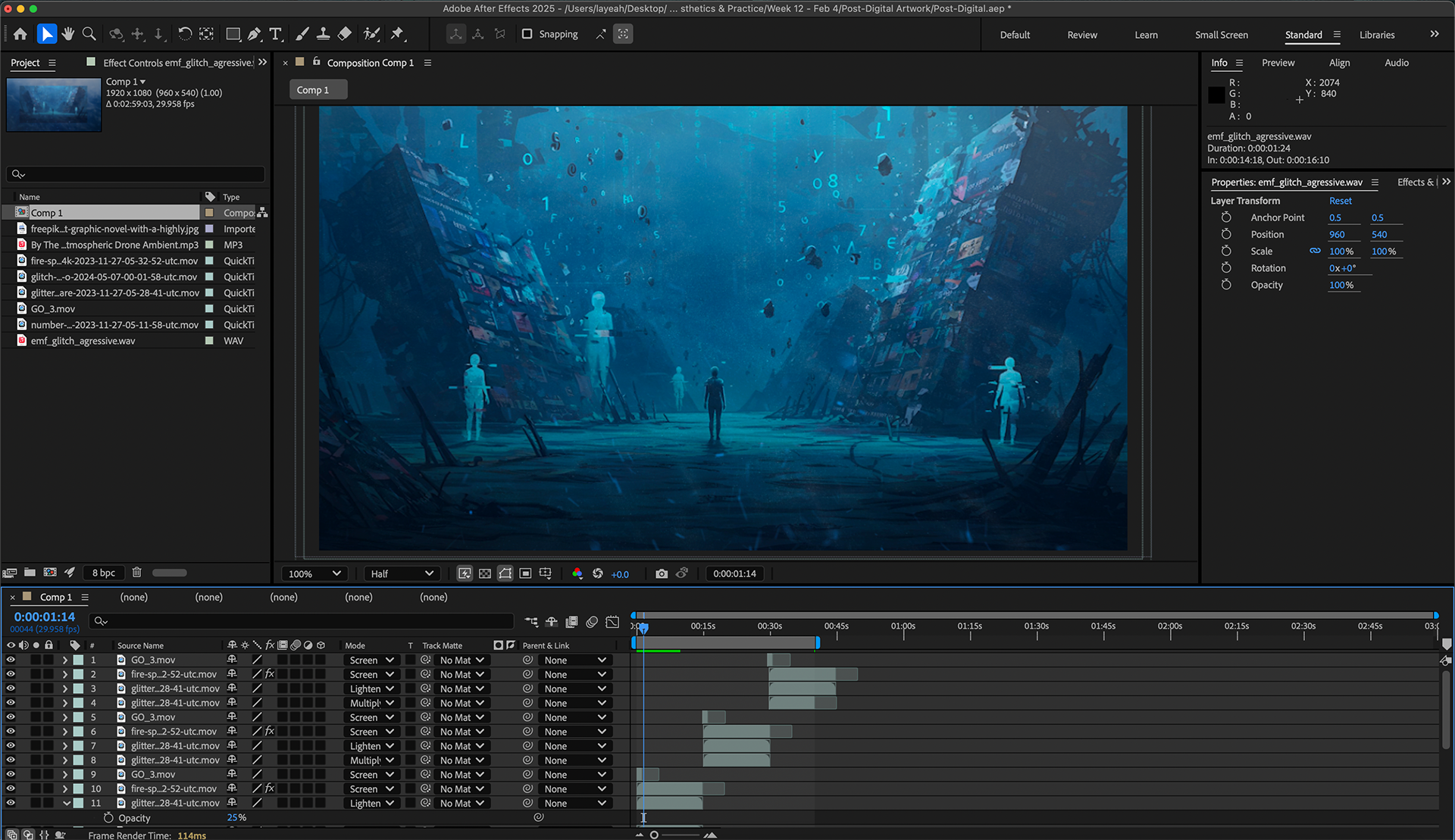
My Cyborg Personality Workshop
For the student-led seminar, we participated in a workshop called My Cyborg Personality. In the session, we discussed the concept of technological extensions and how they could shape our personal and artistic lives. I imagined having a brain-implanted chip that would project a small screen into my vision, answering any question instantly, translating languages, and even capturing and reliving memories like a personal archive. This kind of technology could transform my art by allowing me to visualize and manipulate 3D models or compositions in real-time, enhancing my creative process. However, such a cyborg existence would also raise social issues, especially around privacy and surveillance, where concerns about ownership, consent, and the potential hacking of personal experiences come into play.
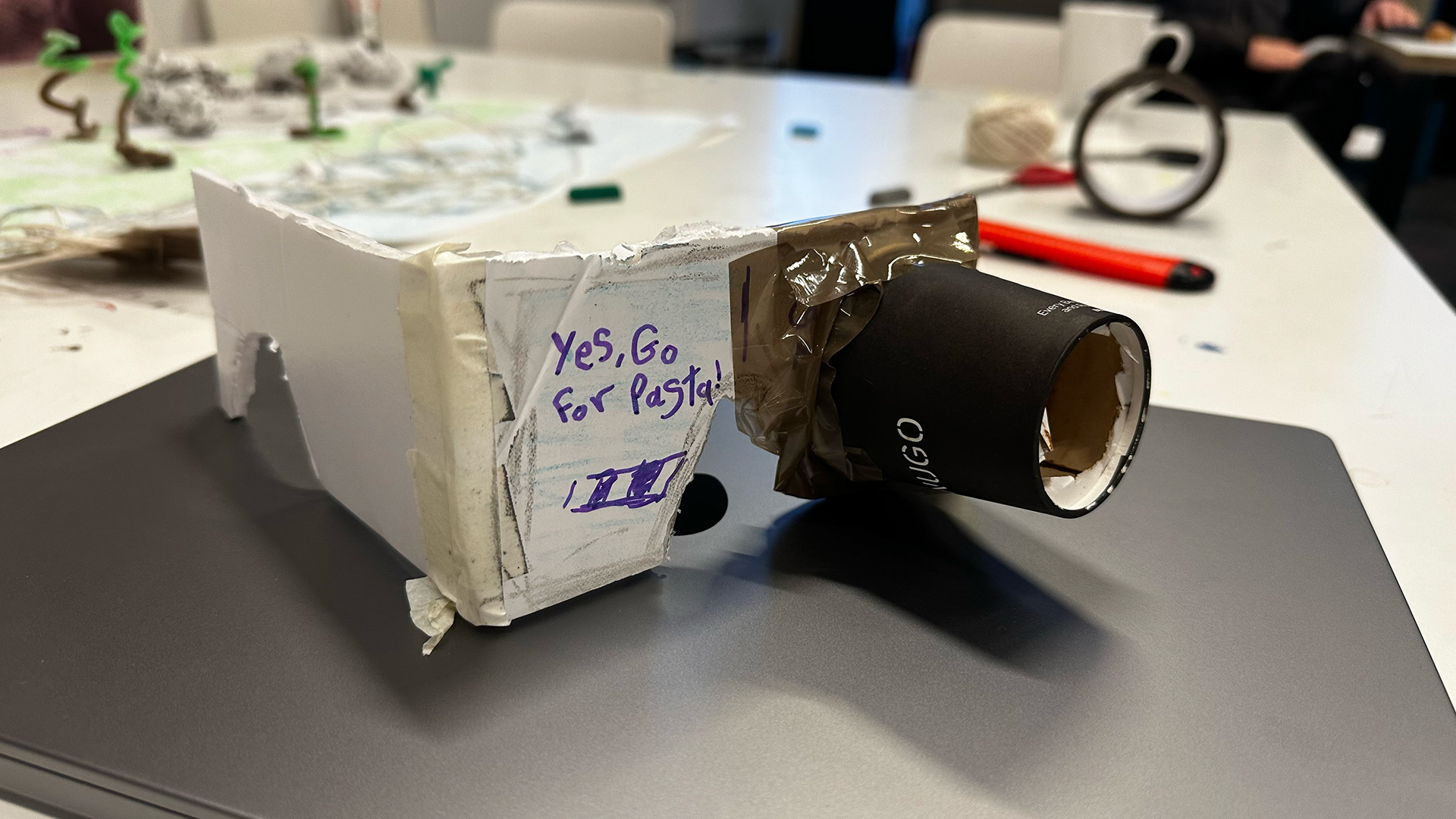
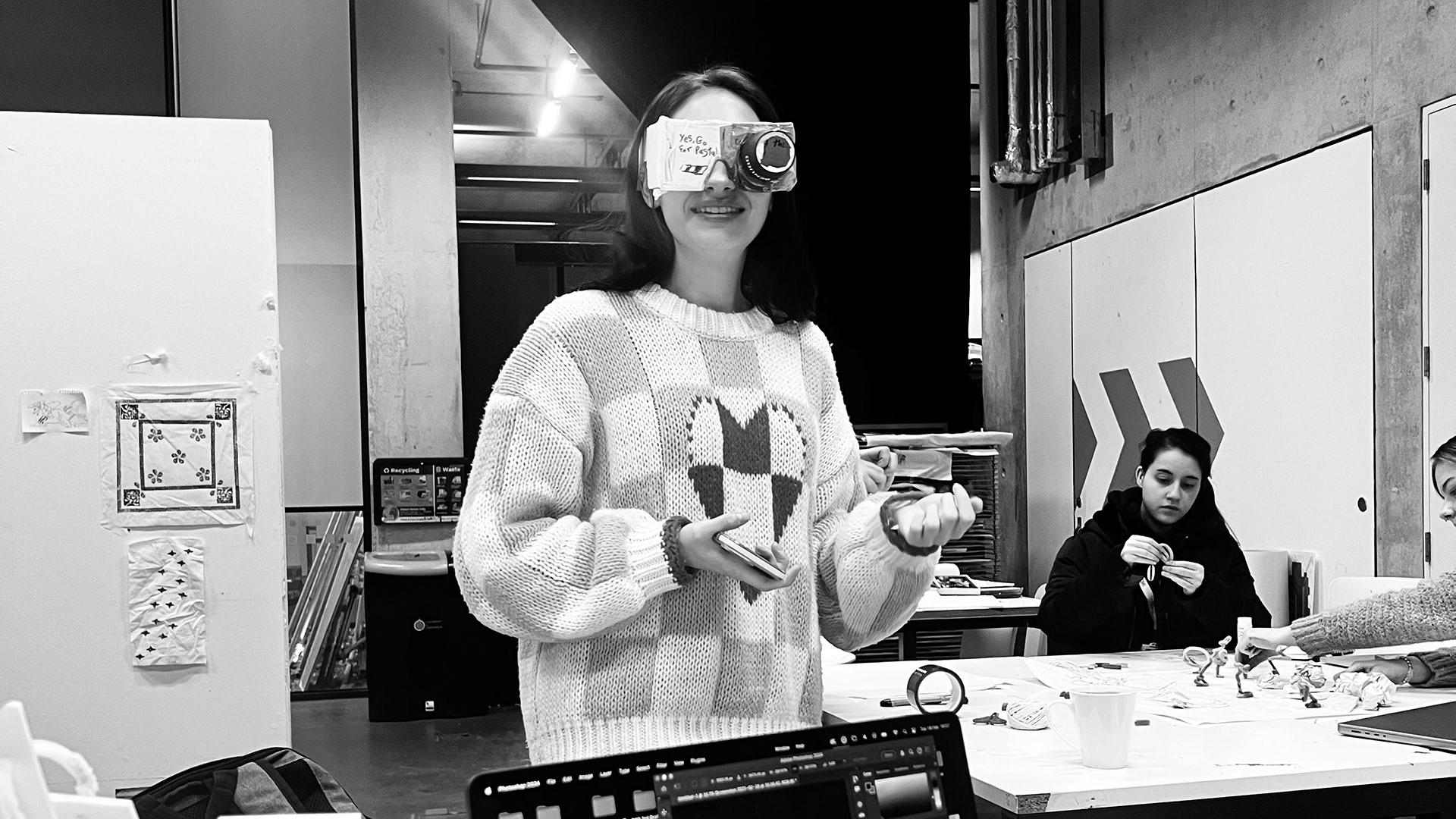
Reflection
The Artist as a Cyborg theme really got me thinking about how much technology is a part of the way I create. It’s not just a tool I use, it kind of feels like an extra limb sometimes. Whether I’m sketching digitally, layering textures, or experimenting with AI, there’s this constant back-and-forth between my own instincts and what the digital tools offer. This theme helped me feel more comfortable in that space, like it’s okay to let the tech be part of the creative voice, not just the background. It’s actually become one of the most exciting parts of my process.


